
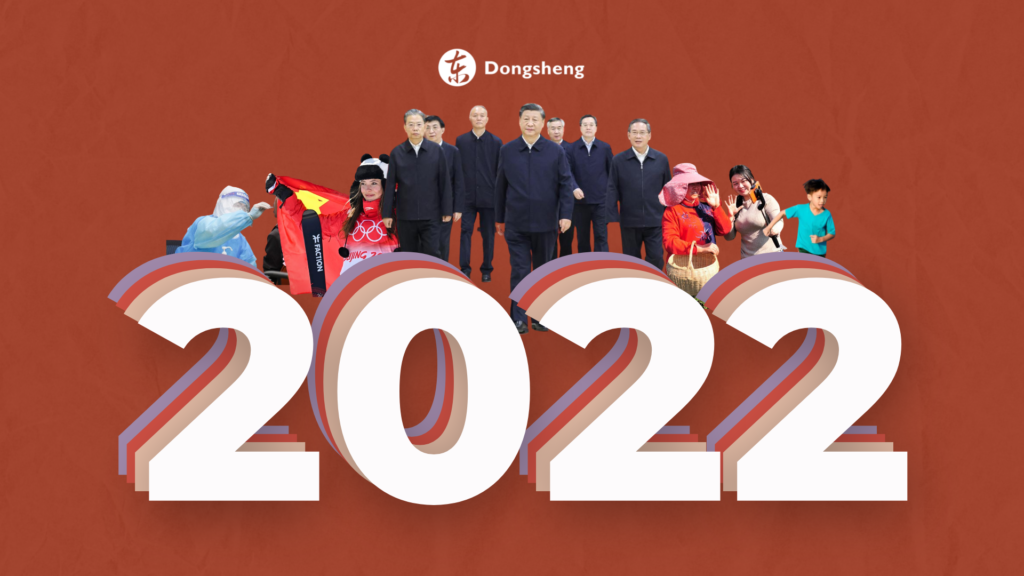
Dear readers,
We present to you a retrospective of 2022, a year of significant historical events in China, such as the death of former president Jiang Zemin and the holding of the 20th CPC congress, and the challenges and changes that will set the course in the coming years not only for China and the region but for geopolitics at large.
It was also a pivotal year for China in managing the pandemic with the Zero Covid policy, which had to be intensified for the first time since pandemic onset levels. However, the year closed with an important easing of restrictions.
We share with you a small selection of the main events and processes that took place in China in 2022. For those who want to delve into a more extensive retrospective, you can access the complete archives of our newsletters here.
Thank you for subscribing to News on China, and don’t forget to follow us on Twitter, YouTube, Instagram and TikTok, and subscribe to our Telegram channel.
Happy holidays and a good start to 2023 everyone!

Geopolitics
From the Russia-Ukraine conflict to the advancements in spaces such as the BRICS and the Shanghai Cooperation Organization (SCO), China continued to assert its fundamental role in geopolitics. Before the crisis between Russia and Ukraine erupted, Russian President Vladimir Putin was received by President Xi Jinping in Beijing on the sidelines of the Winter Olympics. After the meeting, both released a joint statement reiterating that “friendship between the two States has no limits, there are no ‘forbidden’ areas of cooperation”. In the joint declaration, the countries opposed NATO expansion and Taiwan’s independence, as well as expressed concerns for the creation of AUKUS. Since the beginning of the “special military operation” in Ukraine, Xi has advocated a political way out of the crisis through dialogue aimed at peace. Amid sanctions imposed on Russia by the Global North, in May Chinese imports of crude oil from the country rose 55% year-on-year to reach a record level, displacing Saudi Arabia as the main supplier. In the same period of comparison, Chinese imports of liquefied natural gas (400,000 tons) from Russia jumped 56%.
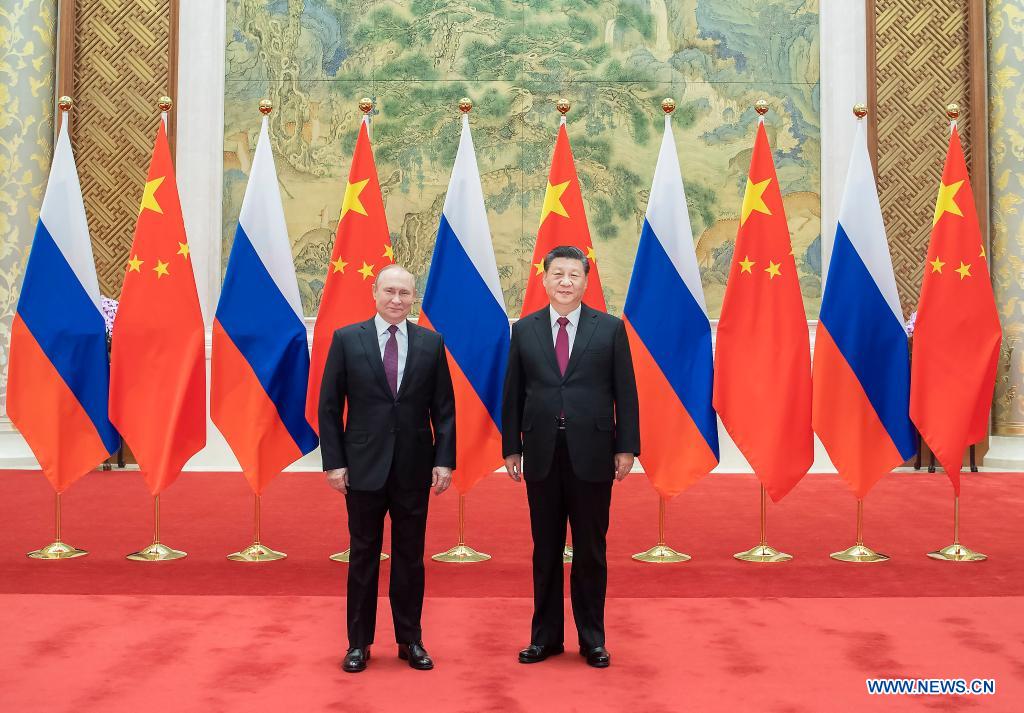
[Xinhua]
Also in May, China critiqued the policy of responding to the crisis in Ukraine through sanctions and arms supply to Ukraine, during the BRICS foreign ministers’ meeting. At that meeting, Xi reaffirmed the need to resist the Cold War mentality and strengthen cooperation among developing countries. In June, China hosted the XIV BRICS Summit, which discussed the construction of financial alternatives to the dollar, as an international mechanism based on a basket of currencies. Additional news at the summit was the announcement of the official candidacy of Iran and Argentina to join the bloc.
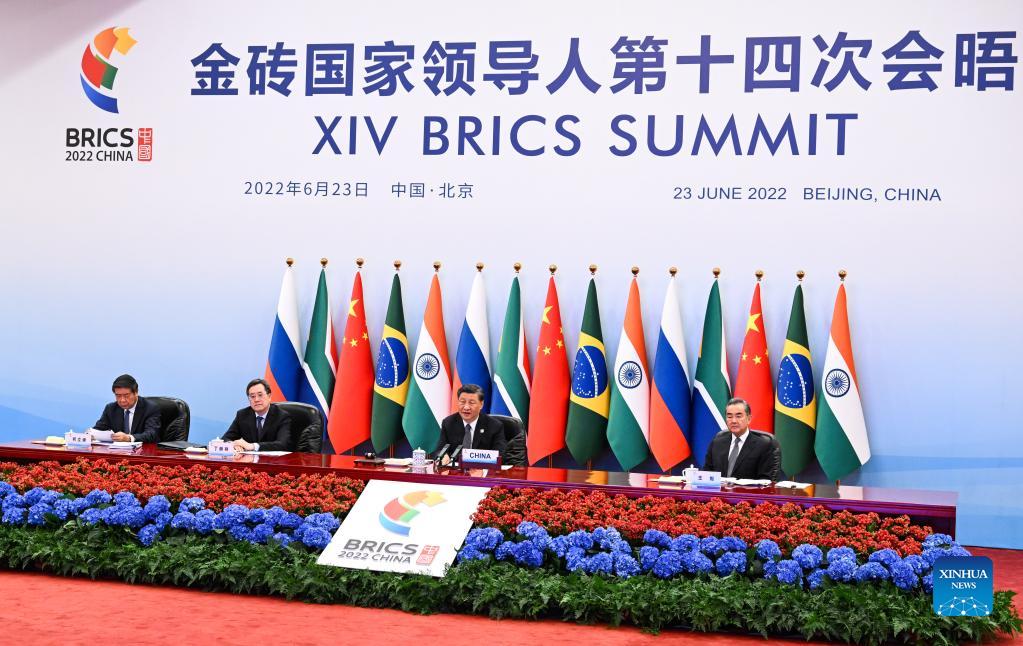
14th BRICS Summit chaired by Xi Jinping, June 23, 2022 | Xinhua
Another important summit held in 2022 was that of the Shanghai Cooperation Organization (SCO), in September, which also made progress in terms of expansion, with the entry of Iran as a new member, Saudi Arabia, Qatar, and Egypt becoming dialogue partners and Belarus starting the admission process. At the meeting, Turkey announced its interest in joining the SCO, which would mean the entry of a NATO member into the entity for the first time.
The heightening of tensions between the two largest economic powers in the world marked 2022, despite a first face-to-face meeting, towards the end of the year, between Xi Jinping and Joe Biden. In August, US Congressional President Nancy Pelosi defied warnings and criticism from the Chinese government and made a trip to Taiwan, in what was seen as a threat to the foundation of Sino-US relations. In October, the US announced new lockdown policies against the Chinese semiconductor industry. North Americans are encountering resistance from other countries to join the policy of boycotting China.

National Politics
The most anticipated moment of the year was the 20th National Congress of the Communist Party of China (CPC). In the report presented to the Congress, Xi Jinping highlighted the economic achievements of the last 10 years, with China’s GDP now representing 18.5% of the world economy, highlighted the elimination of extreme poverty, and announced that the country should improve income distribution.
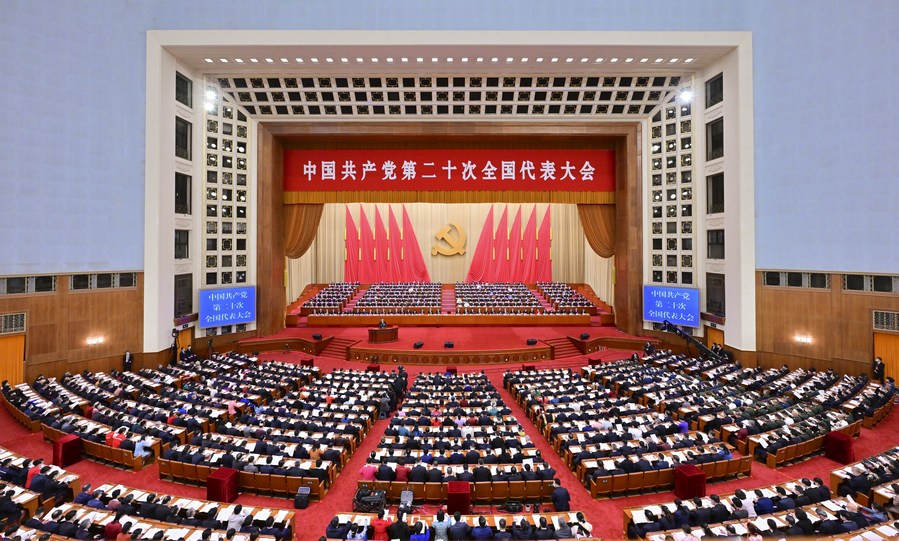
Xinhua
Xi was elected general secretary of the CPC Central Committee, and the 20th National Congress amended the Party Constitution, highlighting the central role of Xi Jinping and his thinking. The Congress reviewed principles and goals such as common prosperity, socialism with Chinese characteristics for a new era, strengthening the armed forces, developing integral people’s democracy, the second centenary goal of making China a great modern socialist country in all aspects, and opposition to “Taiwan independence”.
Another highlight of the congress was the emphasis given to the China model of modernization as an alternative to Western modernization, dominated by capitalism and based on wars, looting, and colonization. The report of the 20th Congress stated that the China model of modernization is based on peaceful, socialist, and people-centered development.
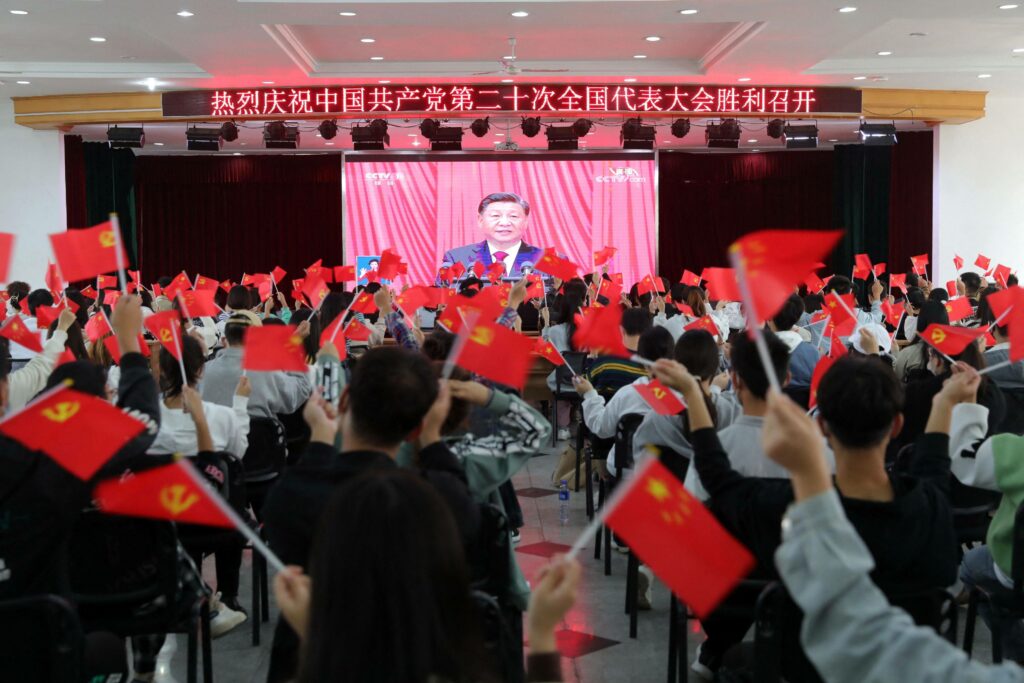
SCMP
The year 2022 brought the biggest drop in 24 years in the wealth of billionaires in China, 18%, as well as an 11% reduction in the number of them. The phenomenon was driven, in large part, by the poor performance of the real estate market. Both this sector and that of Big Tech have been subject to regulations that aim, for example, to reduce real estate speculation and improve anti monopoly legislation, in the case of the technology sector.
At the same time, data released in November showed that, in 2021 ,the number of “high net worth” Chinese households, which includes those with more than 10 million yuan (US$1.4 million), increased by 1.9%, reaching nearly 2.1 million. At the same time, as part of the poverty eradication campaign, the government recently decided to expand assistance to 63 million low-income people. In addition, in April, the government also announced investments of at least US$2.3 trillion, with more than half devoted to supporting industries and services – such as factories, industrial parks, technology incubators, and theme parks – and around 30% of projects for traditional infrastructure such as roads and railways.
Regarding the fight against Covid-19, at the end of February, China faced its worst outbreak since the beginning of the pandemic, this time in Shanghai, which led to a 2-month lockdown in China’s largest city. At the end of the year, the government began to ease the measures of the dynamic Zero Covid strategy, ceasing to carry out mass PCR tests and demand negative results for circulation in buildings, public transport, and interregional trips. Some of the main cities, especially Beijing, end the year facing new outbreaks. The government will seek to vaccinate 90% of people over 80 by the end of January.
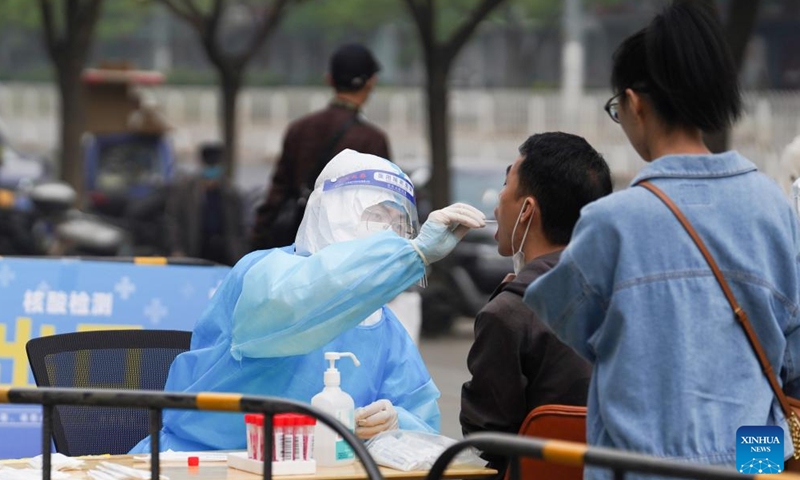
Xinhua

Economy
In 2022, the Chinese economy faced major challenges due to the Covid outbreaks throughout the year and an international context marked by economic and geopolitical tensions, such as the crisis in Ukraine. This has pushed economic growth below the Chinese government’s target of 5.5%.
In this framework, China continued to make efforts to resist the hegemony of the US dollar. In the middle of the year, the People’s Bank of China signed an agreement with the Bank for International Settlements (BIS), headquartered in Switzerland, to set up a yuan reserve fund with the central banks of Indonesia, Malaysia, Hong Kong, Singapore, and Chile, which participate in the agreement. Each country contributes a minimum of 15 billion yuan (US$2.2 billion) to access the fund in case of market volatility and thus are able to dispense with the use of US currency. In April, the yuan became the fifth most traded currency in the world.
Tensions with the Americans contributed to the highest inflation rate in the US in 40 years (9.1%) and caused the US debt securities held by China to fall below US$ 1 trillion for the first time in over 12 years, standing at US$ 980.8 billion.
This year, for the first time, revenues from Chinese companies (US$11.71 trillion) surpassed those of US companies (US$11.34 trillion) on the Fortune Global 500 list. State-owned companies played an important role in this achievement. China has listed three state-owned energy giants (State Grid, CNPC, and Sinopec) among the world’s top five companies, and most of the Chinese companies on the list (87 out of 145) are either majority or wholly state-owned. This year China created the China Mineral Resources Group, a US$3 billion state-owned iron ore giant to strengthen its position in global trade in the sector.
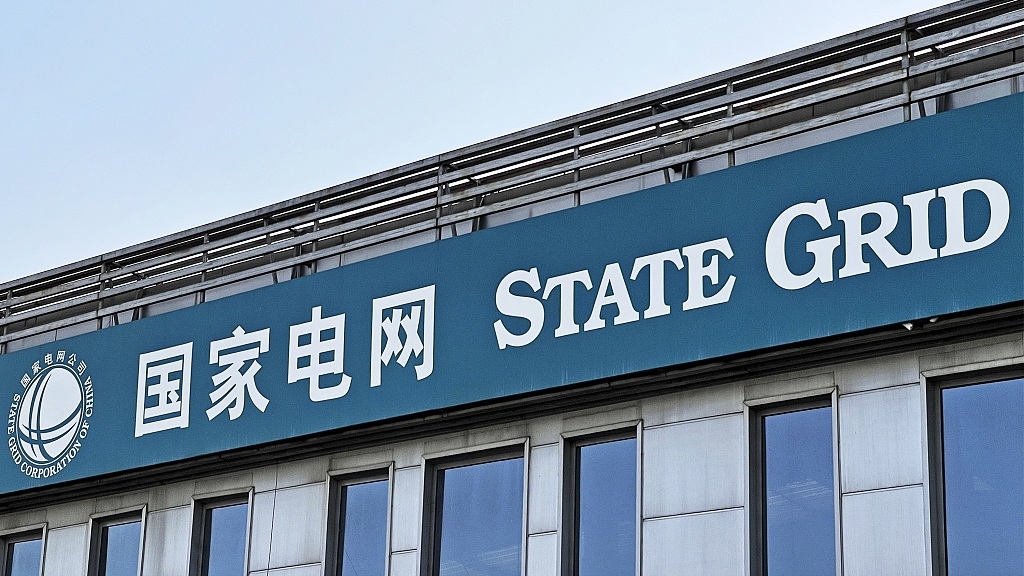
CFP
Chinese vehicle manufacturer BYD entered the list for the first time, occupying the 436th position with revenue of US$32.758 billion. In the first half, the company also achieved the feat of overthrowing Elon Musk’s Tesla leadership in global sales of electric vehicles. In addition, this year China overtook Germany to become the second largest car exporter in the world, second only to Japan.
The real estate sector, one of the most affected by the pandemic, spent most of the year in contraction, starting to show signs of recovery in the last quarter. Between January and September, land transactions by the 100 largest developers (US$147 billion) accumulated a drop of 51.2% year-on-year. However, the 130.2% increase in the value of land purchases by the 50 largest real estate developers in September brought hope to the sector.
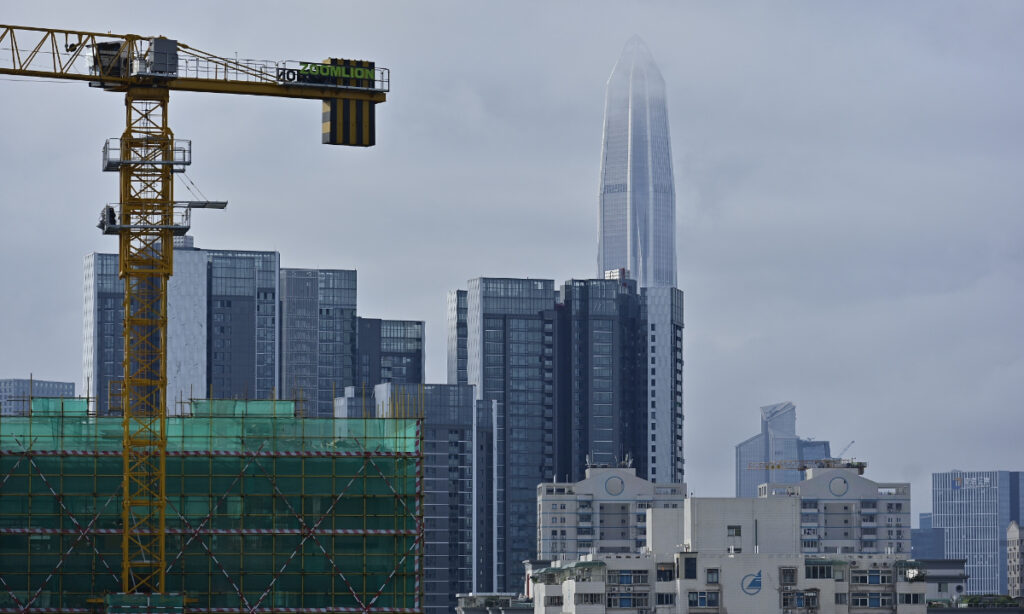
VCG

Agriculture and Environment
In 2022, China was hit by heat waves and floods that presented challenges for the country’s agriculture. August saw the most intense heat wave since China began weather observations in 1961, impacting power generation and autumn harvests. The government has earmarked US$29.5 million in disaster relief funds to help with drought relief.
Despite the adverse weather conditions, China managed to exceed, for the eighth consecutive year, the annual harvest target of 650 million tons of grains, even reaching an interannual growth of 0.5%, thanks to the increase in cultivated land.
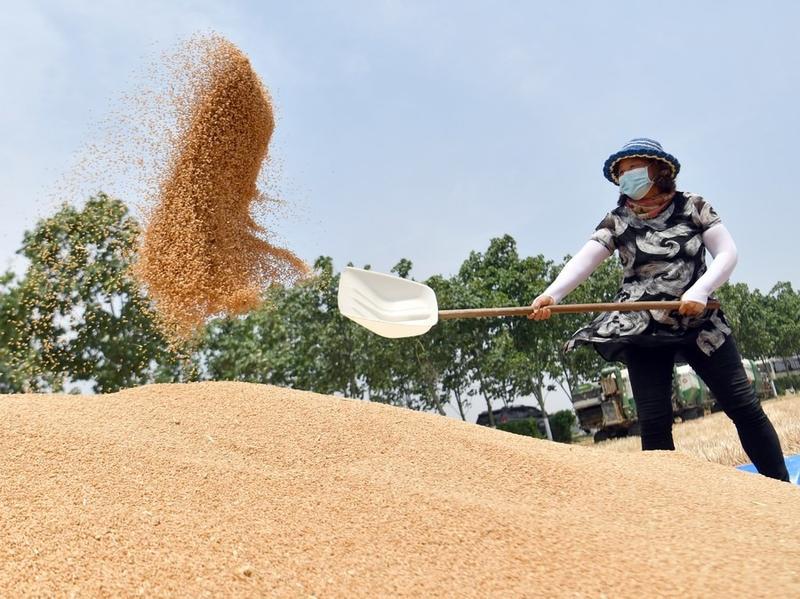
Xinhua
This year, the government started encouraging farmers to grow a new variety of rice that can be harvested for several years without replanting, can yield 15 tons/ha (2018) and halve production costs. At the same time, production of a variety of rice that grows in salty, alkaline soil has more than doubled in three years, increasing yields to over 10 tonnes/hectare by 2022. China is the world’s largest producer and consumer of rice.
In the first half of 2022, sales of rural supply and marketing cooperatives increased by 19.1% to over 2.94 trillion yuan (US$400 billion), with the help of e-commerce. A resurgence of these cooperatives is taking place as part of the rural revitalization and poverty reduction programme. Today, they add up to 37,652, with almost 400,000 points of sale across the country.

Xinhua
A study published this year by the University of Chicago revealed that, in seven years, China managed to reduce almost the same level of air pollution (40%) that the US took to reduce in three decades. If the trend is maintained, it could add about two years to the average life expectancy in the country, according to the survey.
Still in relation to the environment, another study published at the beginning of the year, and carried out by the Grantham Research Institute on Climate Change and the Environment and the Energy Foundation China, showed that China is a global leader in installed capacity of solar energy (39% of total) and wind power (36%), but still need to make progress to meet clean energy transition goals.

Science and Technology
China made important advances and achievements in science and technology in 2022. For the first time, the country surpassed the US in the number of most cited scientific papers, and became a global leader. Among the 1% of the most cited papers in the world, considered of higher quality, 27.2% (4,744) are Chinese and 24.9% (4,330) are from the US.
China also continues to lead in total published articles, 407,181 – surpassing the US, which remains in second place with 293,434.
In June, China launched the Type-003 Fujian, its first super aircraft carrier with an electromagnetic system, which increased the carrying capacity from 30 to more than 60 aircraft. It is the first non-US aircraft carrier to rival the US Navy’s Ford and Nimitz aircraft carriers, and is capable of supporting over 80,000 tons. The achievement was an important step in China’s goal of having its navy operate on par with the US by 2050.

CCTV
The government passed an Algorithms Law aimed at curbing the influence of Big Techs on public opinion and protecting workers on service platforms. Abuse in the use of algorithms is seen in the country as a threat to the rights of consumers and workers, and to national security.

People’s Life and Culture
More than four decades after their Winter Olympics debut, China hosted the event for the first time and broke its record number of participants, with 176 athletes. US-born Chinese skier Gu Ailing won her first Olympic gold for China amid accusations of “betrayal” by the US media. “Sports should be used to unite human beings,” said Gu, whose win garnered 670 million views and comments on social media.
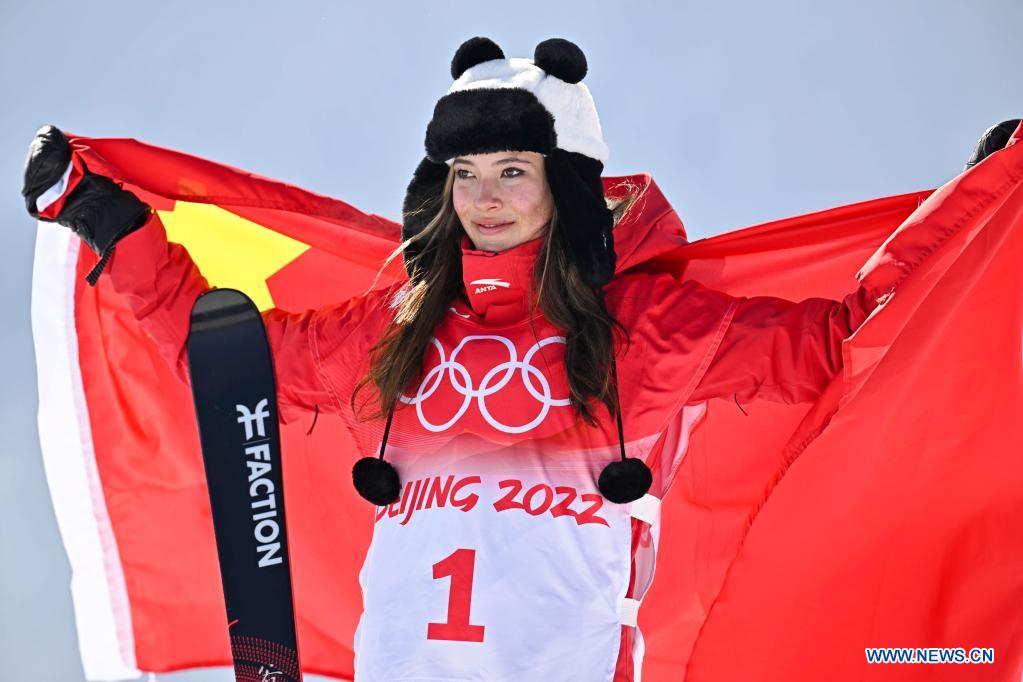
Gu Ailing represented China at the 2022 Beijing Winter Olympics, where she became the first extreme sports athlete to win three medals – two of them gold – at a single Olympic Games | Xiao Yijiu – Xinhua
Average life expectancy in China rose from 77.9 years in 2020 to 78.2 years in 2021, surpassing the US which fell from 78.9 in 2019 to 76.6 in 2021, according to data released in July by the Commission National Health.
According to the entity’s survey, China’s maternity (16.1/100,000) and infant mortality (5/1,000) fell to a historical low, and investment in health reached 6.5% of GDP.
Research published by the medical science journal The Lancet showed that 13-year-olds in rural China have become 7.5cm taller and 6.6kg heavier than their peers a decade ago.
Thanks to a nutritional improvement initiated in 2012, as part of the poverty reduction program, the average gain of children aged 6 to 15 years was 3cm and 1kg.
This year, surveys revealed that more than 200 million Chinese are self-employed. According to data, in 2021, 16% of recent graduates – which in 2022 will reach a record 10.76 million – began to work independently.

Livestream show in a tea farm in Taipingxi Township, Hubei Province, 19 February 2021 [People’s Daily Online / Zhang Guorong]
More and more young people are choosing to work in rural villages or grassroots communities, with incentives from the government and universities, in the face of rising unemployment, which reaches 18.7% of young people. According to Chinese state TV, over the past three years, 70% of university graduates have found jobs in small towns and rural areas, and 60% have chosen to work in less developed regions of the country, supporting rural revitalization projects.
Subscribe to News on China. The digest is published every Saturday in English, Spanish, and Portuguese.
Follow our social media channels:
- Twitter: @DongshengNews (English), @dsadminNewsES (Spanish), @DongshengNewsBR (Portuguese)
- Telegram: News on China, Noticias de China, Notícias da China
- Instagram: @DongshengNews
- YouTube: Dongsheng News
- TikTok: @dongshengnews





